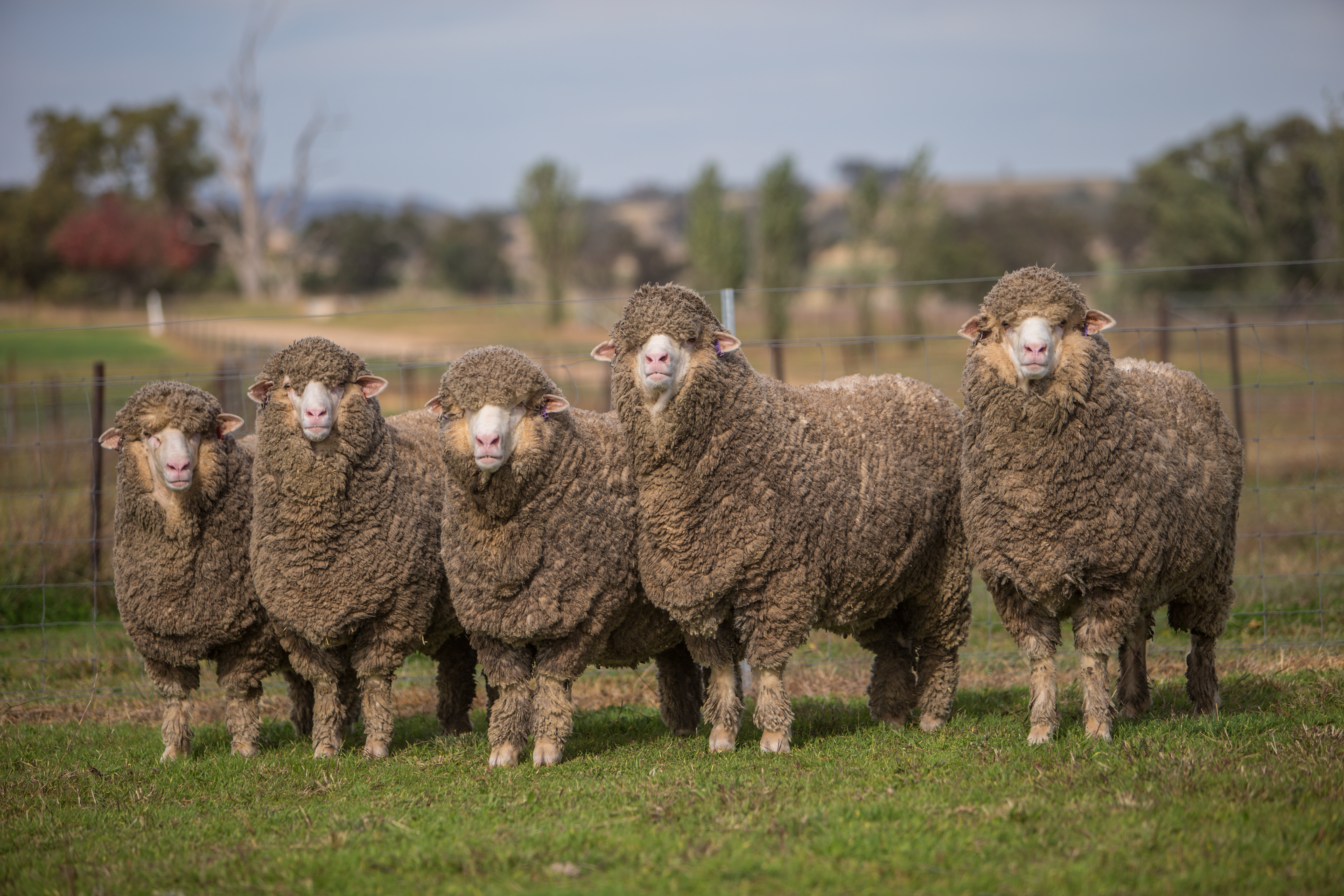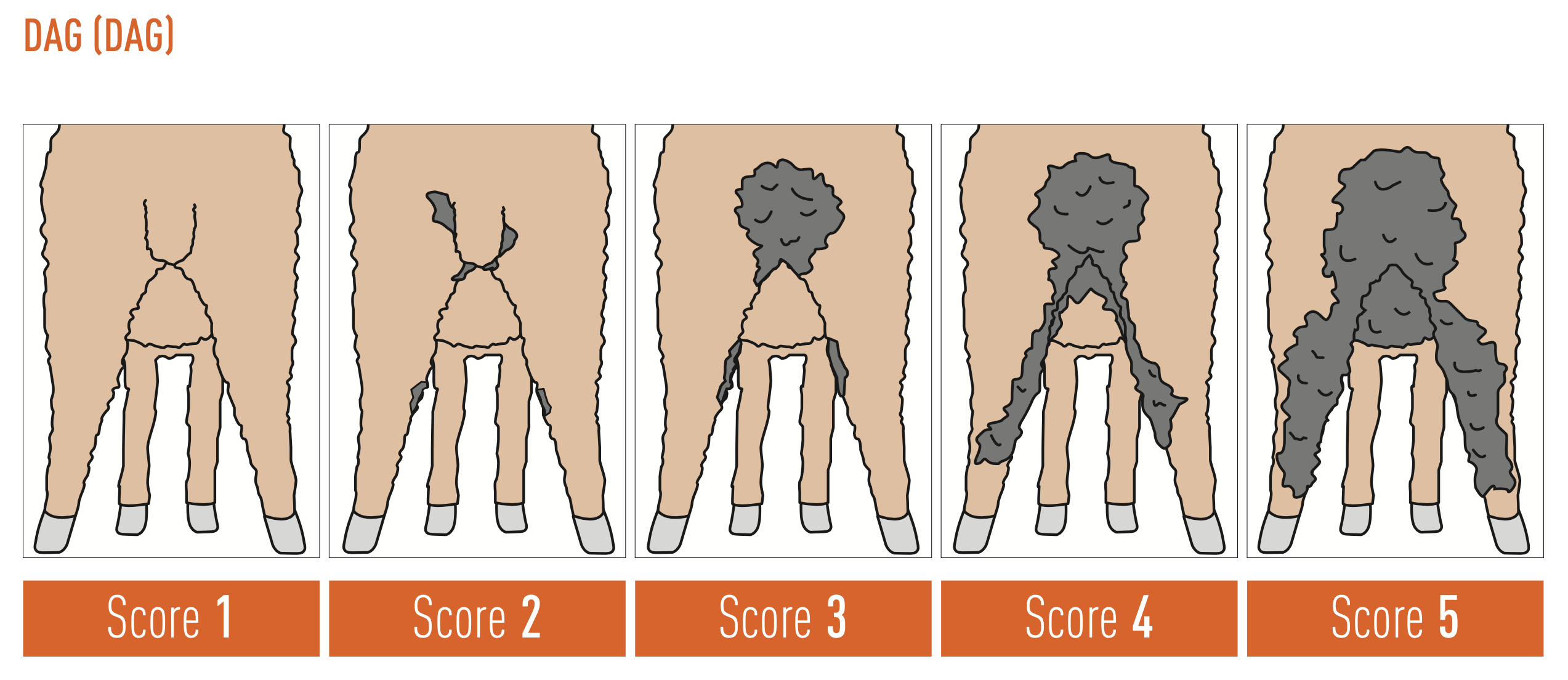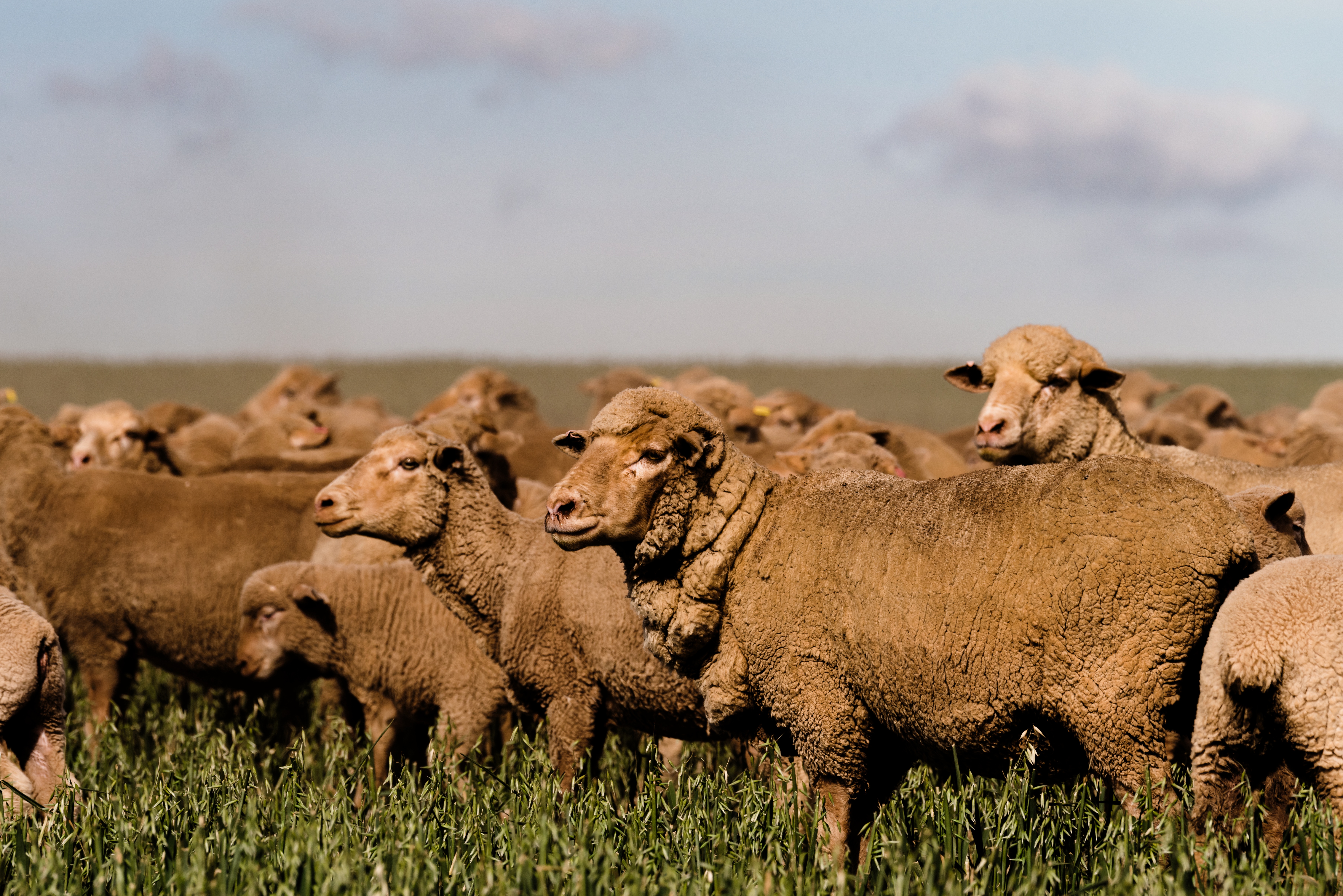Welcome to Australian Wool Innovation, a hub for the woolgrowers of Australia.
Not a woolgrower? Looking for information about wool products, wool care or wool processing?
The Woolmark Company is the global authority on wool. Visit Woolmark.com instead.
AWI Change Makers Episode 3: Ram Performance Management

Rams are high performance animals that work very hard over the joining period. They contribute half of the genetics of their progeny and are the primary drivers of genetic improvement in a flock, so need to be given every opportunity to pass on their genes. Join Nathan Scott as he outlines why it’s so important to manage your rams to be in peak physical condition for joining, the time it takes to have rams at peak sperm production and practical management tips to help you achieve your joining goals in AWI Change Makers Episode 3: Ram performance management.
Articles That Might Interest You
Optimising productivity and profitability with feed tests
Conducting feed tests is an important strategy for meeting your sheep's nutritional needs in the most cost-effective way. This article outlines how feed testing can help optimise productivity and profitability by identifying the true value of different feed sources.
Read more
Tackling dag
Dags can be costly for sheep enterprises due to the need for crutching, reduced wool value and treatment costs. The accumulation of dag is also the greatest risk factor for breech strike. This article dives into how to deal with dag, including how to breed for reduced dag.
Read more
Recognising and preventing metabolic disease in lambing ewes
Optimising ewe nutrition during pregnancy and lactation is critical for the health, productivity and survival of ewes and their lambs. This article covers risk factors, what to look for, and how to prevent and treat two of the common metabolic disorders seen in pregnant and lactating ewes – pregnancy toxaemia and hypocalcemia.
Read more








